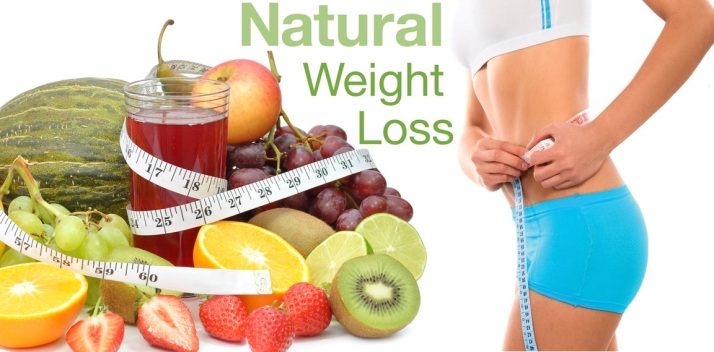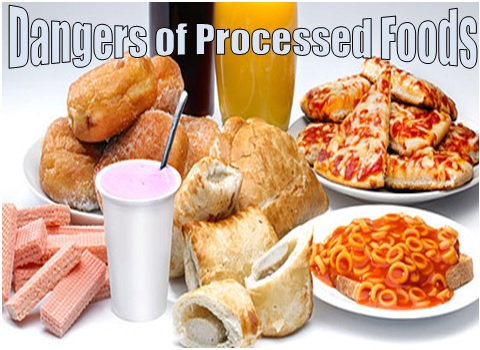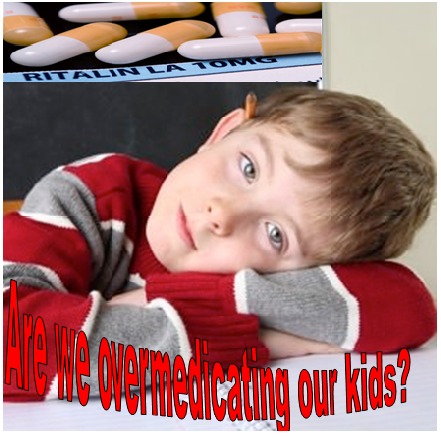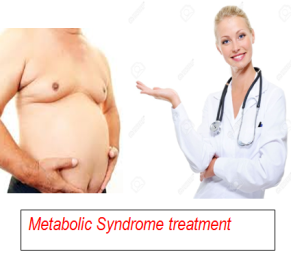
Many fast food outlets such as KFC, Burger King, McDonalds have “Happy Meals” or ‘Kids Meal as part of their marketing and sales strategy. This food package includes a toy and a smaller meal portion in a box or paper bag with the company’s logo. This product is specifically marketed at children and often at the same price as a full meal.
Researchers from the University of Arizona carried out a series of experiments, where participants identified choices with various foods and incentives while researchers collected data. The research also measured functional magnetic resonance imaging (fMRI) to determine if the brain responds to the “Happy Meal” concept of a small toy, gift card or lottery ticket in the same way it does to the burger or pizza laden with cheese.
The data published in the Journal of Experimental Psychology: Applied in June, revealed that the combination of a half-sized portion and a prize (toy) was the menu item of choice, even though there was no difference in price. For example, when a group of sixth-grade students were presented with the option of a full sandwich and no prize or a half-sandwich and a pair of cheap bud-style earphones, 78% of them went for the smaller sandwich.
“Clearly, eating less is not fun for many people (and may even be a source of short-term unhappiness), as portion size restriction requires discipline and self-control,” the authors wrote. “Yet, by combining one shorter-term desire (to eat) with another shorter-term desire (to play) that in combination also address a longer-term desire (to be healthy), different sources of happiness become commensurable.”
This research data points to a natural weight loss strategy i.e. providing incentives for eating smaller portions may be the way forward in the battle against obesity. Incorporation of this strategy could be of value when implemented alongside standard food and nutrition advice in anti- obesity programs.


 The need of early diagnosis and treatment is imperative.
The need of early diagnosis and treatment is imperative.


